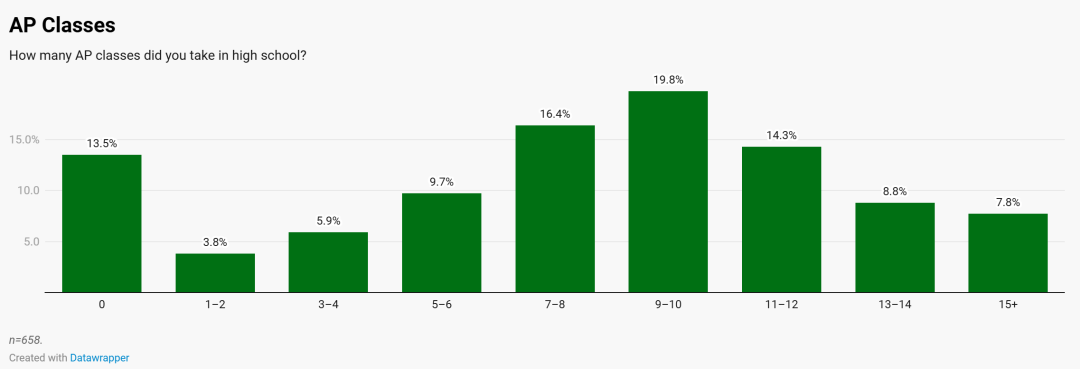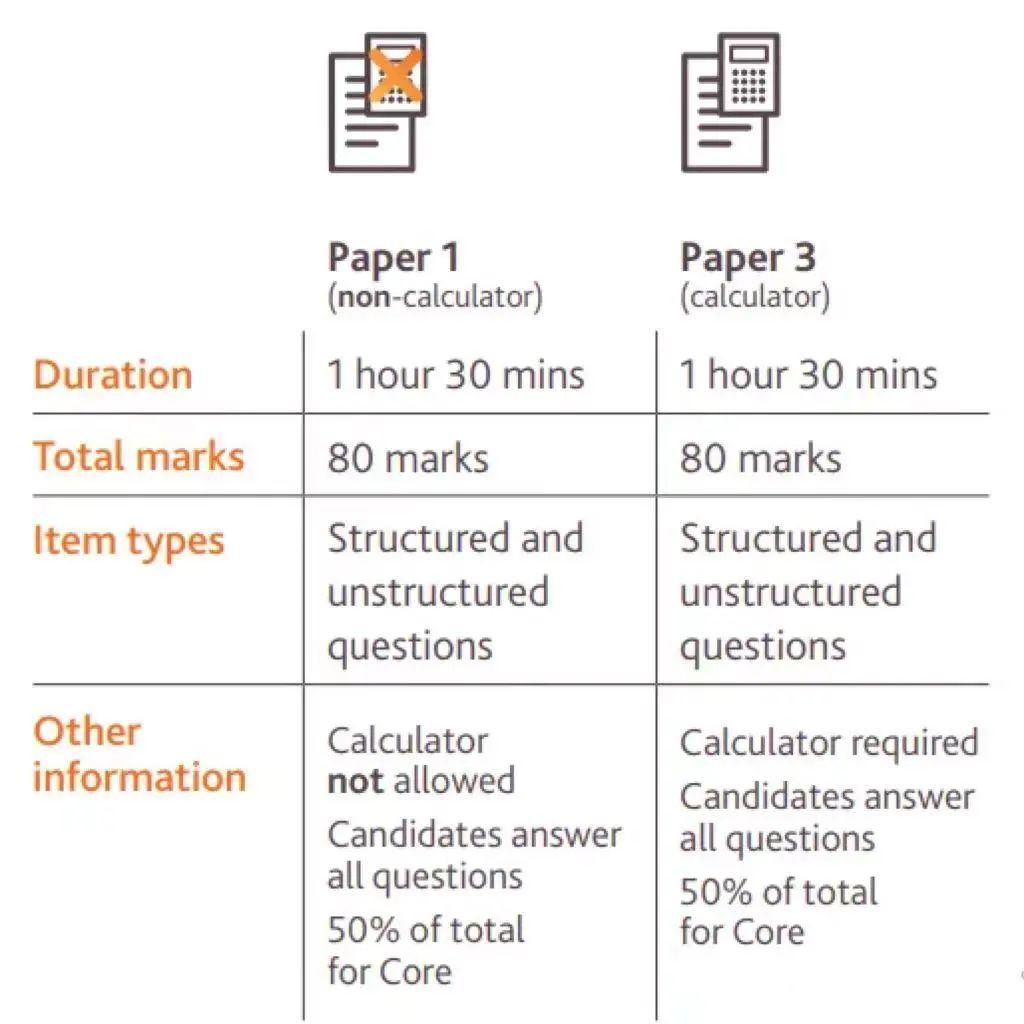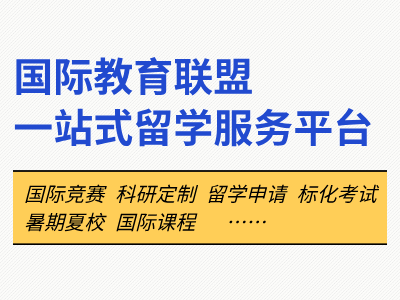之前两篇推送我们讲了新考纲下essay的a问如何写好evaluation.
今天我们来讲essay的b问。
首先看一下mark scheme:
相比于a问,b问的evaluation部分答题结构比较固定:
1. Make evaluative comments (至少2个点)
2. Provide a justified conclusion
除了AO3的结构,大家还需要注意的是,AO3的所有内容,都需要基于AO2的analysis.
这也是大部分学生在考试的时候AO3基本都没分的根本原因。

我们今天来讲解一下essay的b问会出现的3种不同题型,希望对大家的备考有所帮助。
1. Policy
这是b问比较常考的一类题,我们要讨论哪个policy才能解决某个问题。
- Assess whether monetary policy or supply-side policy is likely to be more successful in reducing the rate of inflation in an economy.
AO2,我们需要写这两个policy为什么可以/不可以解决inflation.
需要注意的是,大家可能会写一些policy的limitations,比如supply-side policy很花钱,有opportunity cost啥的。
然而,因为题目问的谁更successful,除非你解释为什么这些问题会影响解决inflation,不然是没办法得分的。
AO3,我们需要基于之前的analysis,回答谁更successful.
和AO2类似,答题的时候,我们一定要围绕能否解决inflation来展开,而不是讨论in general这两个policy哪个更好。
e.g. 如果你说supply-side policy更好,因为他可以增加real GDP,那就偏题了。
Policy的题,通常都有以下几个可以进行evaluation的点:
1.Causeof problem
demand-pull inflation,monetary policy可能更好;cost-push inflation,supply-side policy可能更好
2. Effectiveness of policy
如果经济很好,无论interest rate怎么提高,大家都还是消费/投资,那monetary policy就失效了。
3. Short runvs long run
如果central bank想长期保持low rate of inflation,supply-side policy更好;而如果只是想短期把inflation rate降下来,那monetary policy更好
除了这几个所有policy都可以用的点之外,在这个特定的题目之下,还可以写的点包括inflation expectations是高还是低,民众是信任central bank还是government,capital是不是流动的(涉及到ir是否会影响er)等等。
如果题目的关键词是effective,大家都需要按照遇到的问题来讨论policy.
而如果题目的关键词是best,那答题的范围就可以更广一些。
我们对上面的题稍作修改:
-Assess whether monetary policy is the best way toreducethe rate of inflation in an economy.
由于题目的关键词是best,这里我们就可以在AO2写policy的disadvantages,例如high interest rate会造成recession,增加unemployment等等。
在AO3,也可以讨论一些wider impact.
e.g. 即使monetary policy可以解决inflation,但是它会造成萧条,因此这并不是the best way,supply-side policy才是。
当然,你可以只讨论effectiveness,这并不会影响分数。
2.Weigh up arguments
这也是b问比较常考的题目类型:我们先比较两个arguments,然后evaluate谁胜出。
这类题的evaluative comments通常都由depends开头,我们来看两个例子。
- With the help of a diagram, assess whether the benefits of a buffer stock scheme for an agricultural product always outweigh its disadvantages.
什么时候buffer stock scheme的使用才会带来benefits?It depends on:
1.Market condition
如果价格一直在波动,gov就要经常进行干预,增加scheme的难度;如果价格通常比较平稳,gov只需要偶尔进行干预,那scheme就更容易成功
2.Type of product
Perishable的商品很难储存,而non-perishable的商品storage cost较低,这类商品实施scheme更容易带来benefits
3Producer reactions
如果scheme吸引了大量producer进入,gov很难维持scheme (比如butter mountain);如果Producer不再努力生产,完全依赖scheme,那会造成inefficient use of resources.
4 Compare benefits and costs
如果scheme花的钱太多,即使farmer的income得到保障,那overall进行评估这也不是一个好的policy.
当然,这里还有很多可以回答的点,大家只需要围绕always来讨论到底buffer stock scheme是否能带来benefits即可。
- Assess whether a high rate of inflation or a deficit on the current account of the balance of payments is the more serious problem for an economy.
在讨论了high rate of inflation以及cad的问题之后,我们需要evaluate哪个问题更serious. It depends on:
1. Rate of inflation/size of CAD
High rate of inflation肯定是比low CAD/GDP ratio更严重的问题
2. Causes of problems
如果全世界inflation都很高,那通胀是不可避免的。如果cad是因为经济发展需要进口capital goods,也不会造成问题。
3.Sustainability of problems
短期的inflation/CAD是经济的正常波动,而如果一个国家有持续的inflation或者CAD,那无论是哪个问题都是非常麻烦的。
4. Social considerations
Inflation影响的群体更大,而CAD影响的群体很小,如果gov关注的是low-income earner的利益,那inflation更serious.
当然,这里依然有很多别的点可以答,大家只要在回答的时候围绕谁更serious depends on XXX就可以了。
3.Other factors
这类题相对容易一些,我们在AO2先写A会影响B,AO3再写B是不是完全由A影响。
- When the price of a product changes, it usually changes the consumer surplus in the market.
Assess how variations in price elasticity of demand for a product determine the extent of changes in consumer surplus in a market.
AO2我们写当价格变化的时候,elastic demand会导致更多的consumer surplus的变化。
AO3我们就需要写,CS的变化是不是完全由PED影响?
这里我们就要提到影响CS的其他因素:
1.Extent of price change
价格变化越大,CS变化越大
2. Extent ofconsumers' willing to pay(WTP)
WTP变化的越大,CS变化越大
3. PES
WTP增加,但是PES小于1,producer无法生产更多的商品,只能涨价,CS增加很少;而PES大于1,producer生产了更多的商品,价格上涨不多,CS增加很多。
这类题的conclusion也相对比较好写:CS的变化肯定不完全由PED决定,其他因素诸如XX,XXX也会影响CS的变化。
Essay b问(和data最后一问)的evaluation是整个考试中最难得分的部分。除非知识点学的极其扎实,大部分学生都很难对着一道新题临场想出一些evaluative comments.
但如果我们科学备考,在考试遇到准备过的知识点,那还是可以拿到一些分数的。
AS大题部分的推送我们就写到这里,希望这个系列可以对大家的学习带来帮助。













